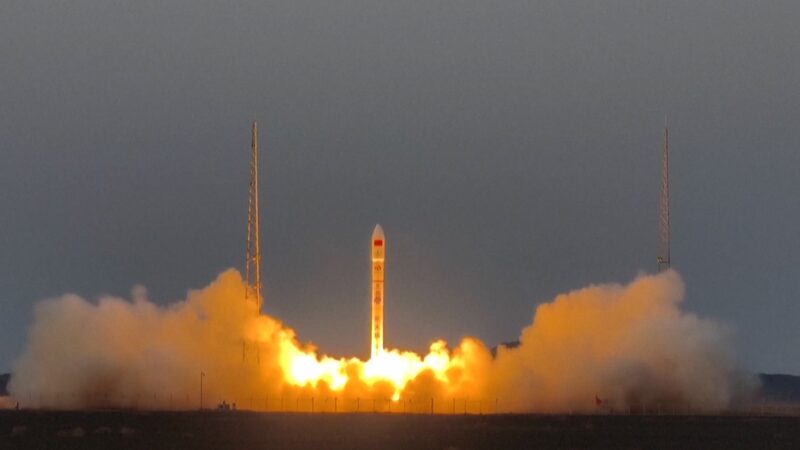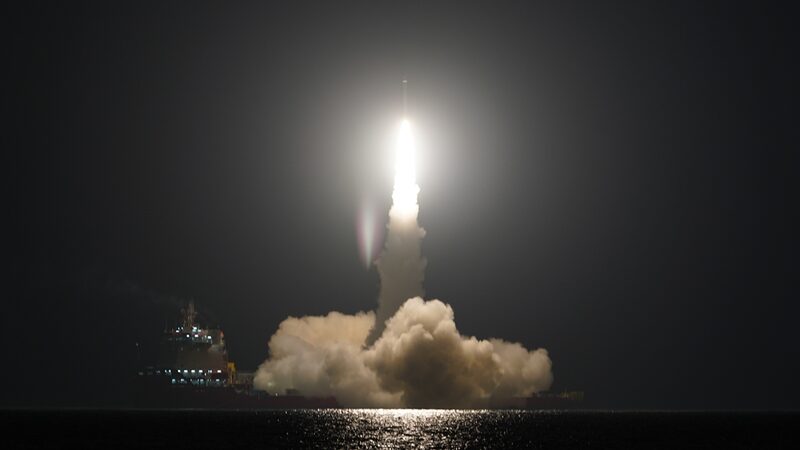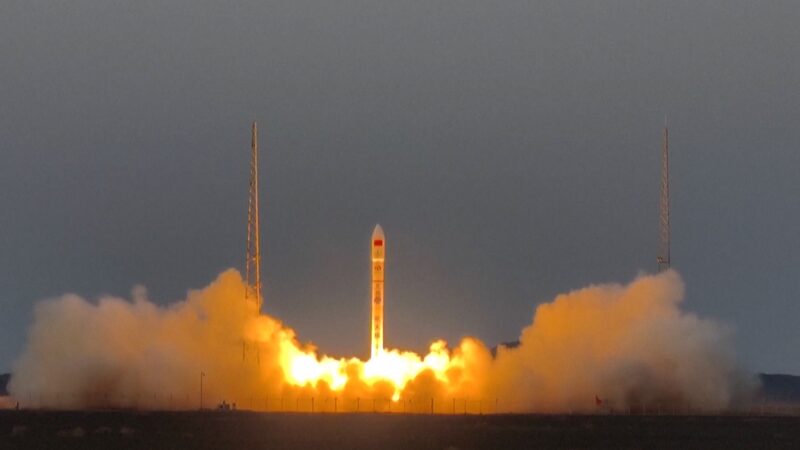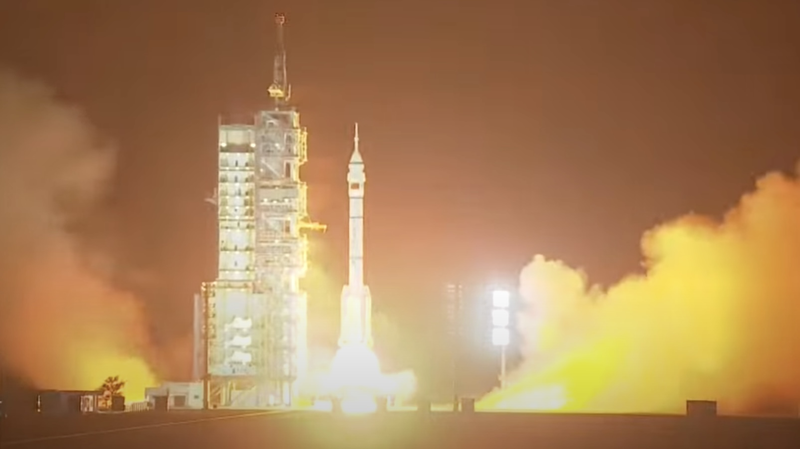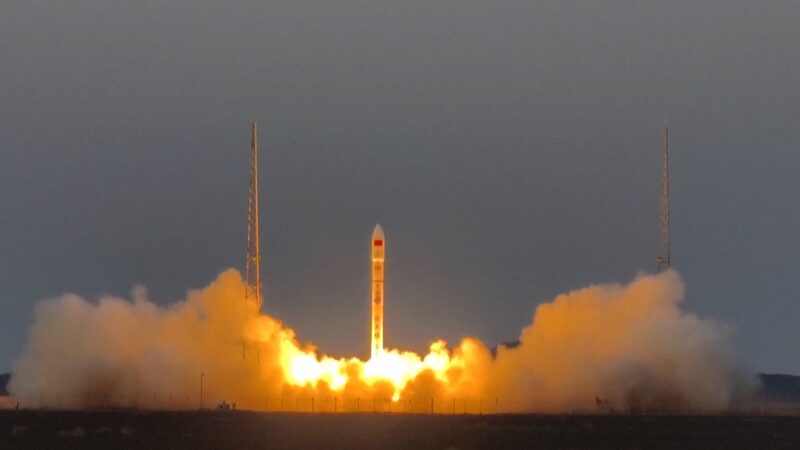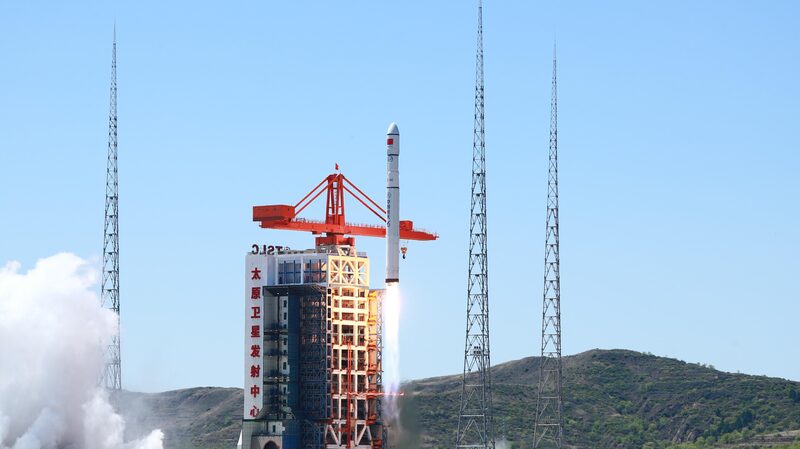China's latest leap in space technology unfolded late Sunday at the Xichang Satellite Launch Center in Sichuan Province, where the Tianlian II-05 satellite soared into orbit aboard a Long March-3B carrier rocket. The mission marks the 572nd flight of the Long March series, solidifying its role as a backbone of the country's space endeavors.
Designed as part of China's second-generation geosynchronous orbit data-relay network, the Tianlian II-05 will deliver critical support for spacecraft, including manned missions, space stations, and Earth-orbiting satellites. Its advanced telemetry, tracking, and command (TT&C) systems will enhance communication reliability for real-time data transmission and mission coordination across medium and low-Earth orbits.
Analysts highlight the satellite's strategic importance in bolstering China's independent space infrastructure, particularly as global interest in lunar exploration and satellite-based services grows. The launch underscores the Chinese mainland's expanding technological prowess, offering potential applications for disaster monitoring, climate research, and international space collaborations.
Reference(s):
cgtn.com


